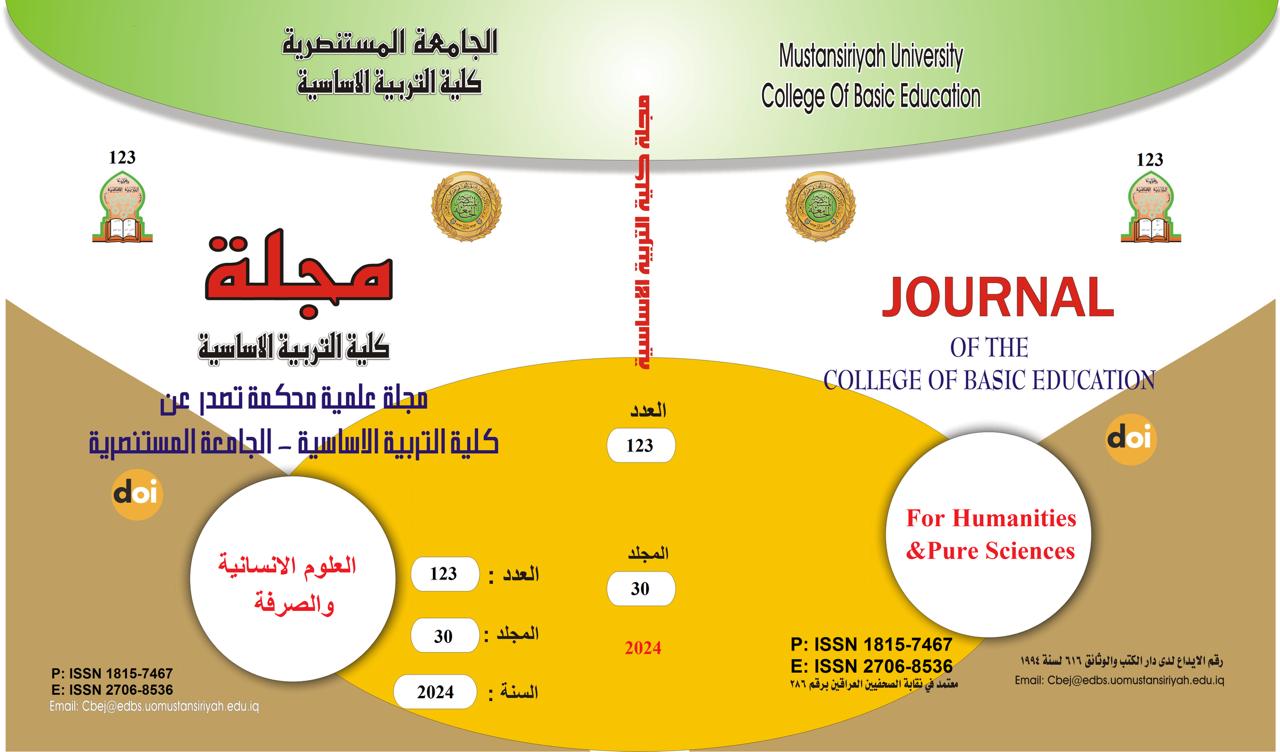Photolysis and photocatalysis of methylene blue by graphene oxide nanoparticle under sunlight irradiation
Main Article Content
Abstract
The Hummer technique was utilised to produce graphene oxide (GO), for this research. X-ray diffraction (XRD), energy dispersive X-ray (EDX), and a field emission scanning electron microscope (FESEM) were used to examine the structural properties of GO nanoparticles.By boosting adsorption, expanding the light absorption range, and blocking electron-hole pair recombination, GO enhances the photocatalytic efficiency. The GO have enormous potential uses in the degradation of organic contaminants from wastewater, and their manufacturing is expected to be scalable using this simple process. The improved catalytic activity of GO nanoparticle has been linked to the greater adsorption susceptibility of dye molecules, high charge separation, and suppressed recombination of photogenerated electron-hole pairs brought about by the presence of GO. These results demonstrated the promising prospects for future use of graphene-based semiconductor nanocomposites as visible-light photocatalysts in the field of water purification.
Article Details

This work is licensed under a Creative Commons Attribution-ShareAlike 4.0 International License.
